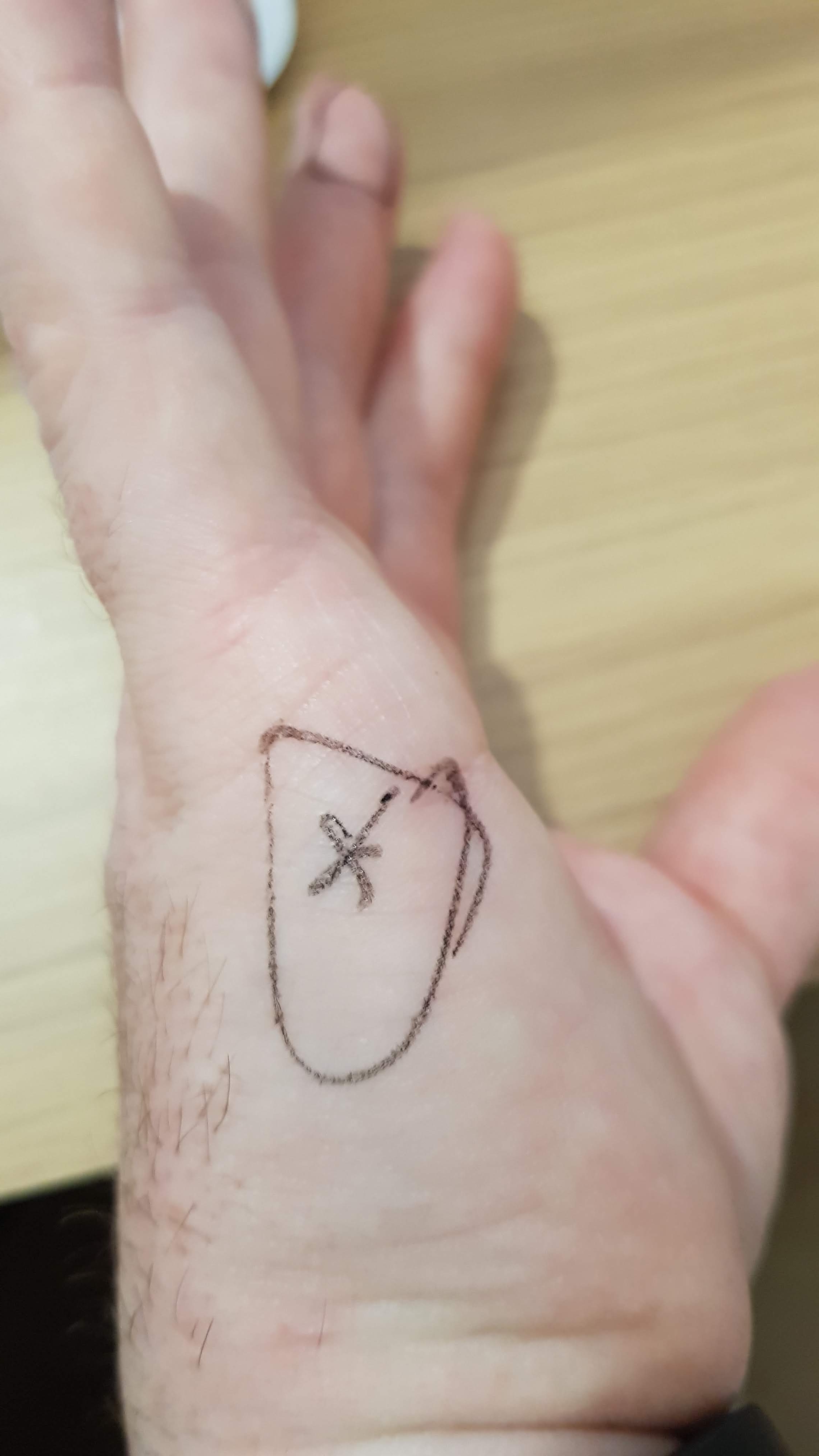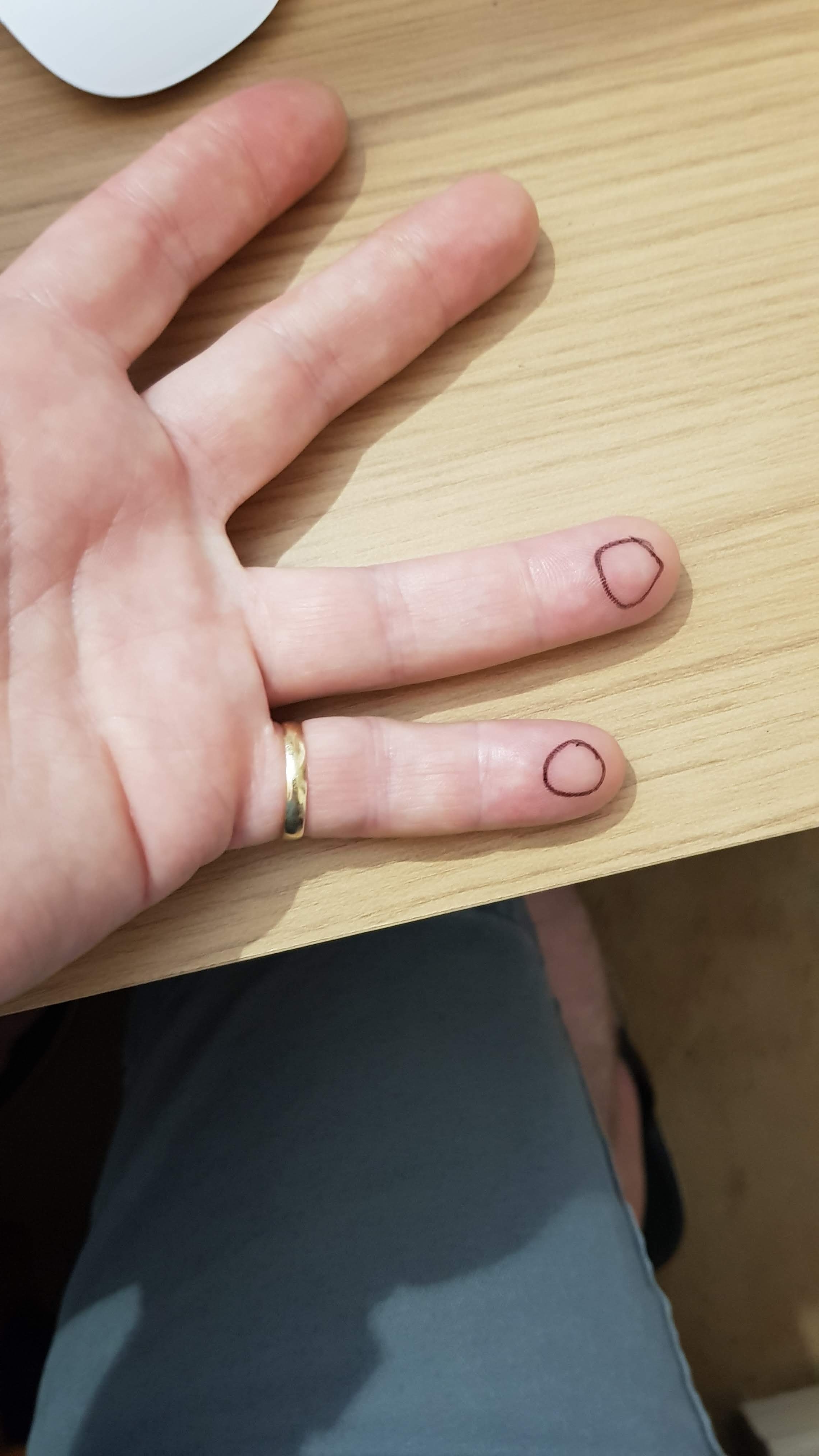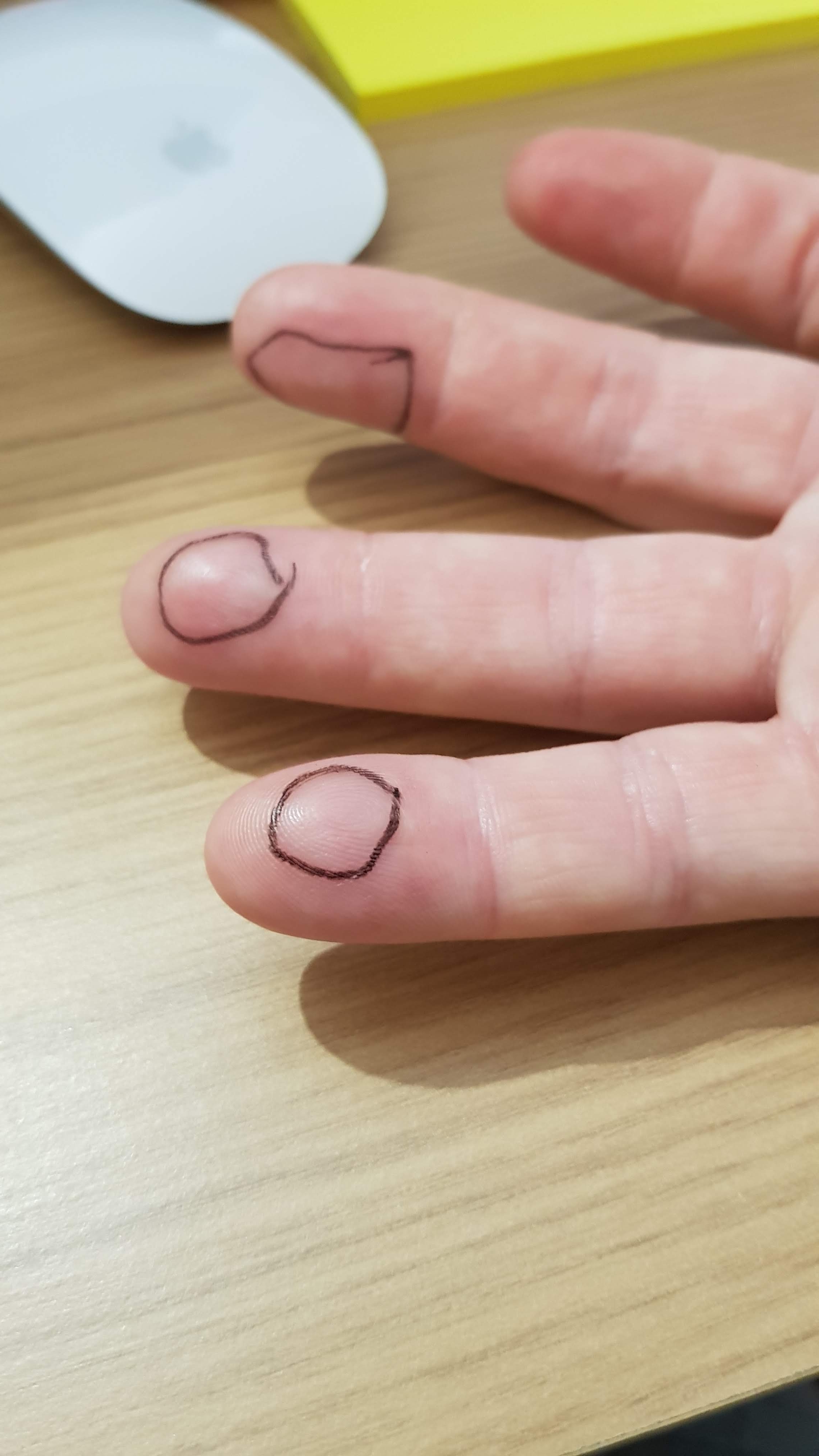The biohack.me forums were originally run on Vanilla and ran from January 2011 to July 2024. They are preserved here as a read-only archive. If you had an account on the forums and are in the archive and wish to have either your posts anonymized or removed entirely, email us and let us know.
While we are no longer running Vanilla, Patreon badges are still being awarded, and shoutout forum posts are being created, because this is done directly in the database via an automated task.
why put a magnet in your hand instead of any other location?
Hi everyone. I've been reading the historical posts and learning a lot.
I was just wondering: If the magnet is intended to sense electric and magnetic activity in the surroundings, what is the benefit of putting it in the hand? Why not neck, ankle, armpit, calf or navel?
I'm gonna have one put in and I'd like to know what is the best place and why.
Comments
-
From my understanding, it'd due to the high density of nerve endings in the hands, which increases your sensitivity to magnetic fields.
-
So there are two main options, hand and ear. The hand is a lot more useful for most people(not all). The reason the hand is as imbellis said nerve endings. the ring finger or in some cases with larger magnets in between the trapezoidal and medicare bone of the pointer finger are the most common places in the hand. The advantages of the ring finger are that there are lots of nerve ending and it is arguably the most useless finger due to its low grip strength and lack of high dexterity. The main advantage of having it between the thumb and pointer is that one it has a lot more area to work with so you can put in a much bigger magnet if you are interested in being able to lift bigger things and secondly in most cases it is less likely to get used as much during the healing stage if you work with your hands a lot so it is less likely to reject. I prefer the ring because it have better sensing capability.
-
to be a bit more precise: it's not nerve-endings as such but the high density of mechanoreceptors.
Magnets act like a transducer. They convert the present magnetic field into tiny motion/vibration. This motion is very small so you need a lot of mechanoreceptors to pick it up. Luckily your fingers are "designed" to exactly that. Fingerprints serve the purpose of generating vibration when you move them over a surface so you can feel even the smallest particles.
Or in short: if you want to use magnets for sensing you have to put them into the fingertips because that's the only place they work for this purpose.
-
ok something different now, i implanted magnets to try and help with pain management as have a serious shoulder injury. i have 7 magnets implanted in both left and right hand. here it is as follows: LEFT hand locations, pinky and ring finger.
RIGHT hand is pinky, ring and middle finger then side on right hand opposite thumb and then top of wrist (R) where ones watch is,
NOW for the results of pain management, i was taking an average of about 40 pain killers a day ranging from cocodamol , tramadol, liquid morphine. and as i type this now i have NOT taken any pain relief at all for years. now how does this work, its very in-depth, but it works for me. attached 4 pics showing locations.



-
Thanks for all the answers. I see now about the nerves required for sensation.
I thought I had seen people getting them in the proximal medial dorsal ring finger (D4), but it sounds like that wouldn't work from the above? I liked that because it wouldn't get too much in the way.
-
@mikem said:
ok something different now, i implanted magnets to try and help with pain management as have a serious shoulder injury. i have 7 magnets implanted in both left and right hand. here it is as follows: LEFT hand locations, pinky and ring finger.
RIGHT hand is pinky, ring and middle finger then side on right hand opposite thumb and then top of wrist (R) where ones watch is,
NOW for the results of pain management, i was taking an average of about 40 pain killers a day ranging from cocodamol , tramadol, liquid morphine. and as i type this now i have NOT taken any pain relief at all for years. now how does this work, its very in-depth, but it works for me. attached 4 pics showing locations.



I apologize about the fact i'm about to come off brash, but I think it's necessary.
People on this forum need to understand the scientific method and the mechanisms that the scientific community uses to research, identify a mechanism, test the mechanism, adjust variables, and finally identify an end result that shows the mechanisms success in direct causation and not correlation.
The placebo effect is active in everything we do and perceive, our cognition is bottlenecked by a low resolution filter in our perception of reality (This is similar to the Oomvelt principle). Humanity has the tendency to correlate uncorrelated things, and this goes back to evolutionary biology and our innate physiological drive to look for patterns and connect dots, we learn by associating. It's literally in the way the brain forms, neuroscience and how it manifests psychologically is fascinating. We simply do not know what we do not know, so this unintentional and unavoidable bias is inevitable but that doesn't mean we can't mitigate it and try to be as logical and reasonable as possible by relying on instruments that are not ourselves and consistently following proven methods. After all this is why the scientific method is necessary in the first place.
In the scientific method they use inductive reasoning, not deductive. In your case you are deducing that the pain relief is caused by the magnet and haven't outlined a mechanism. You took your hypothesis "Magnets cause pain relief" and searched for evidence which was in vivo testing, but how exactly did you test for this? What markers were you looking for that weren't subjective (Pain)?
Follow inductive reasoning if you want to experiment safely and avoid as much unintentional bias and placebo as possible.
Last part is how exactly do you thing the magnets are decreasing your pain? Is it the magnetic field? Is it one of the components/heavy metals in the NdFeB? A combination?
-
@threaded said:
Hi everyone. I've been reading the historical posts and learning a lot.I was just wondering: If the magnet is intended to sense electric and magnetic activity in the surroundings, what is the benefit of putting it in the hand? Why not neck, ankle, armpit, calf or navel?
I'm gonna have one put in and I'd like to know what is the best place and why.
The lens in which we explore the physical world is by touch, simply a sense of movement. The parts you use frequently to interact with the physical world have evolved over a long time and generations of organisms repeating the act refines the process. The parts you use more frequently like the feet, hands, tongue, and ear (Sound is still a measure of movement the same way 'touch' is) require far more sensitivity than your elbow for instance.
The more use a limb receives the more precise of a sensation is required. We generally choose the fingers because we use it consistently in our daily lives, it has an insanely large amount of mechanoreceptors relative to the rest of the body, and it's easier to explore fields using your hand than it is your tongue.
-
Yeah. I was about to say pretty much the same thing as thermal winter. In fingers, time do have more receptors.. But I've known and placed a lot in other locations. You definitely get sensation.. And you can make up for less mechanorecptors by using a larger magnet. A great person to talk to about this would be the magician anastasia synn. Crazy ass has them all over.. And all different sizes.
The hand however i still feel is best because the range we ca sense is small. Its always f un finding magnetic fields you didnt expect. I just don't use my armpit to interact with the world.
-
anyone thought about putting magnets under the nail
-
yes. other than a lot of pain there isn't a lot to gain from switching the location to below-nail level. Mechanoreceptor density is highest near the skin, not below the nail afaik.
